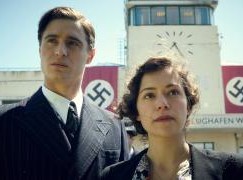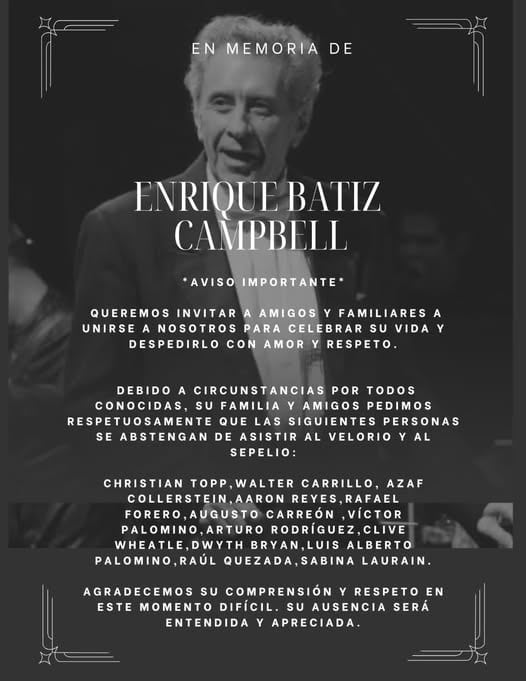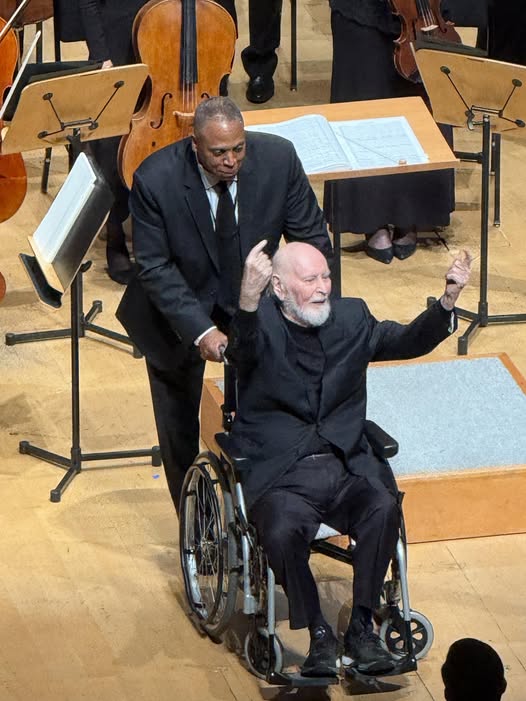Mahler portrait is stolen
mainWe reported yesterday that a portrait of Gustav Mahler, inscribed by him to Arnold Schoenberg, had been put up for sale on ebay. The ownership looked a bit suspicious. It now appears to be decidedly questionable.
We have received the following message from Larry Schoenberg, the composer’s son:
‘It is clear to me that the photograph was taken from our father’s legacy. My father did not give it away, my father did not sell it, my mother did not give it away and she did not sell it. We, his children did not give it away nor did we sell it. My sister, Nuria Nono remembers it well in our father’s study and discovered that there were only empty frames at the Schoenberg Institute at USC. She disclosed this to the archivist and later again to the archivist at the Schoenberg Center in Vienna.
‘If someone had purchased it or received it as a gift would they not display it prominently rather than stuffing into a drawer?
‘Anyone interested can gather more information by reading Randy’s blog.
Randy is E Randol Schoenberg, a Los Angeles attorney specialising in restitution, and star of the Helen Mirren film, Woman in Gold (below). This file will doubtless be on his desk this morning.

There might be a case for charging ebay with the sale of stolen goods.





Comments